maria.research
My research primarily involves high redshift quasars and the galaxies within their local environments.
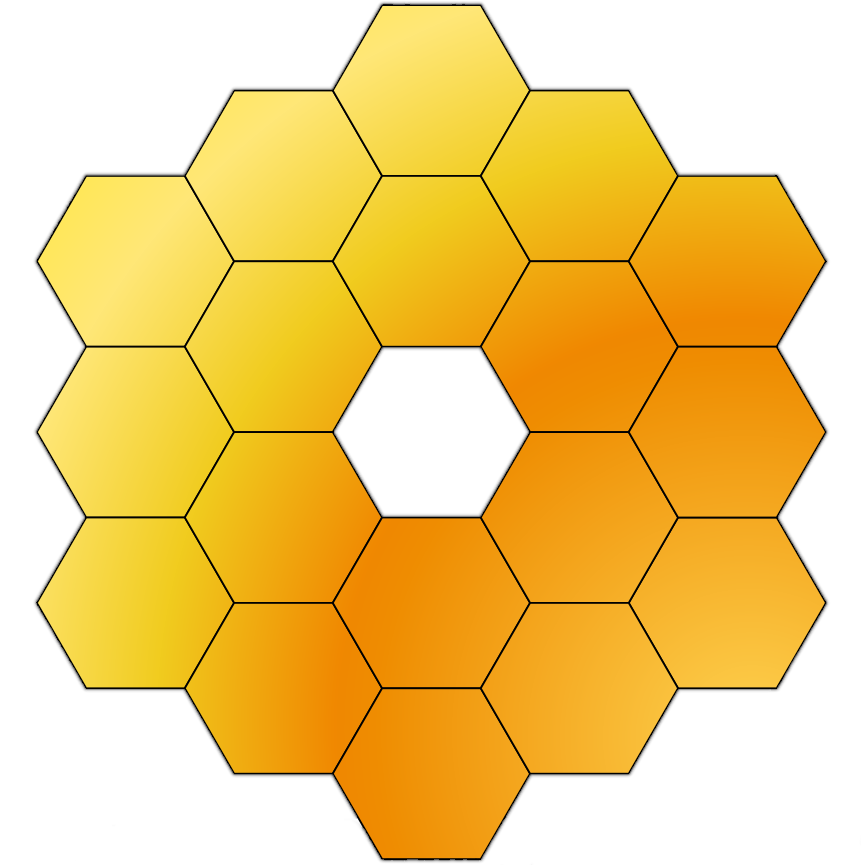
I work on the ASPIRE team and have been using JWST data from GO #1764 to search for galaxies in the environments of the three highest redshift quasars known to date.
I am the PI of the Cycle 3 JWST proposal GO #5221. With this data, I will have a NIRCam/WFSS mosaic of the J0313 field which I will use to search for [OIII] emitters in the neighborhood of the quasar.
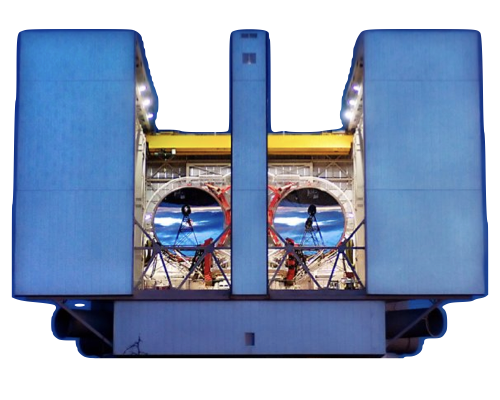
My first project involved using data from the Large Binocular Telescope (LBT) and the Canada-France-Hawaii Telescope (CFHT) to search for a large scale overdensity of galaxies around the z=6.3 quasar J010013.02+280225.8.
As a follow-up to this project, I am also the PI of an MMT proposal in which I will recieve Binospec multi-object spectroscopy of the galaxies selected in my first project to confirm their redshifts and memberships within the protocluster around J0100.
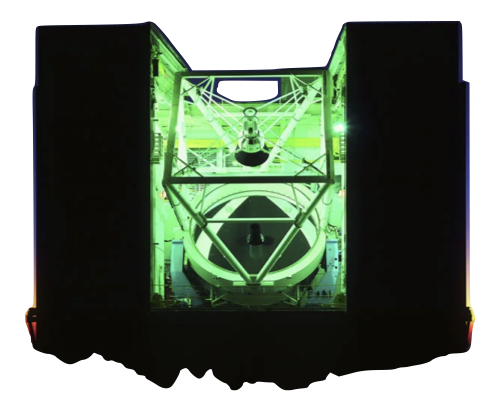
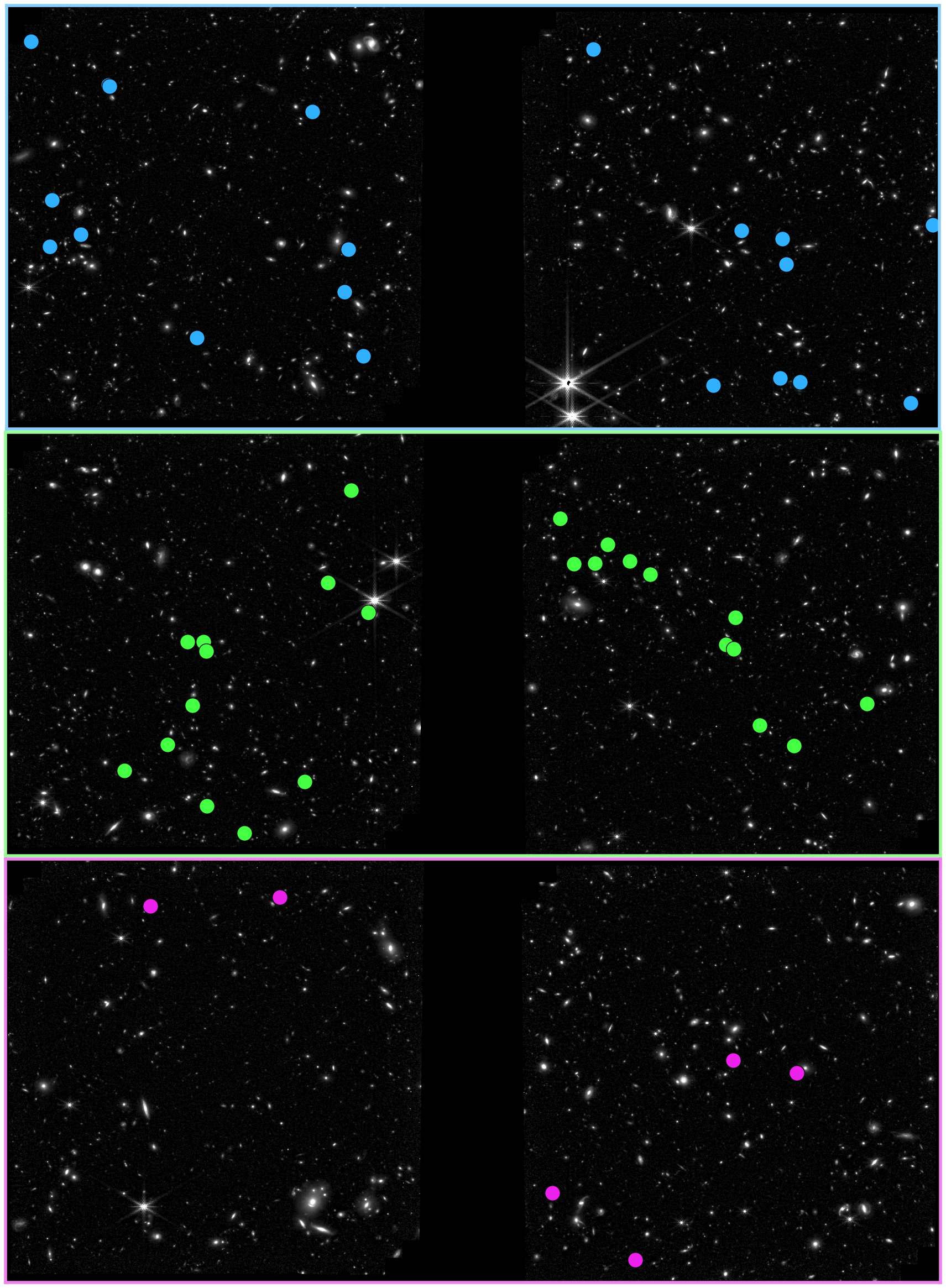
I analyzed the environments of the three highest redshift quasars to date using JWST/NIRCam + (sparse) JWST/MIRI photometry which provides extremely deep imaging around the quasars in the F090W, F115W, F250W, F360W, F430W, and F560W filters which we use to select for LBGs (F090W-dropouts) and [OIII]-emitters (F430M excesses). The range in both overdensity and clustering signals is stark between the three fields despite being around quasars with similar properties and redshifts.
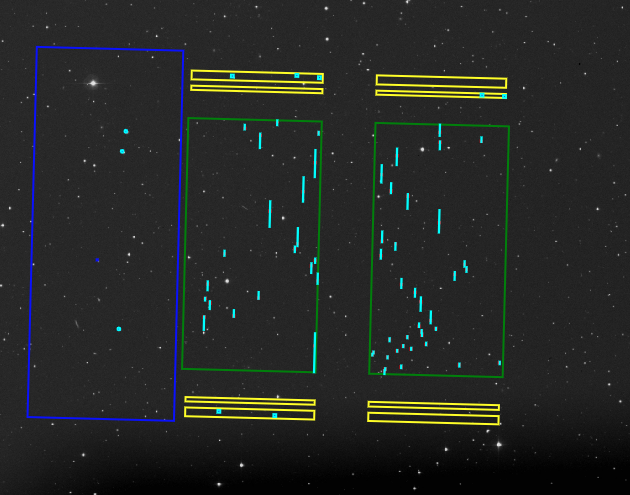
The membership of the 31 color-selected galaxies in the J0100 field is unconfirmed due to the coarse (∆z ∼ 0.8) constraining power of color selection. We will use deep rest-UV/optical multi-slit spectrsocopy with MMT/Binospec in order to: 1) determine if the candidate LBGs are members of the overdensity providing information about color-selection effectiveness, 2) calculate the 3-dimensional spatial clustering of the galaxies allowing us to calculate DMH masses of the quasar and the galaxies, and 3) compare the spectroscopic UV characteristics of galaxies in overdense regions to those in typical or underdense regions.
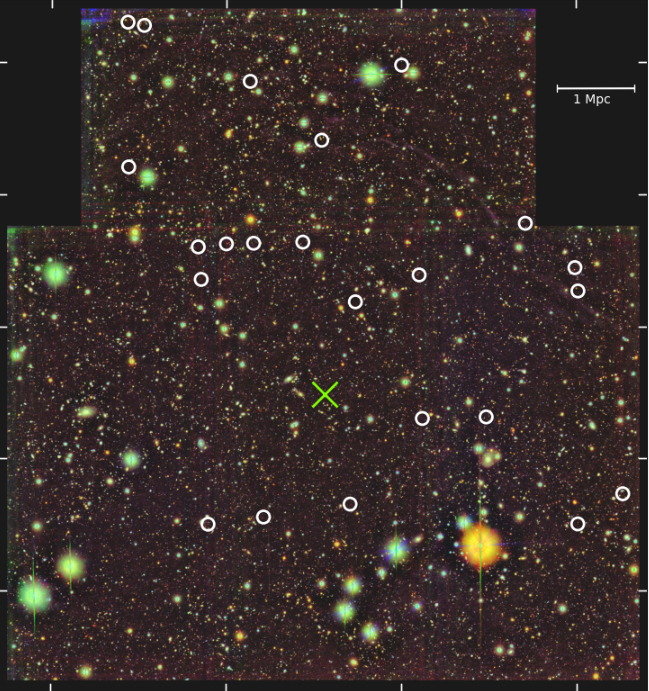
I have built the Python architecture needed to select for Lyman Break galaxies, filter out low-redshift interlopers and non-astronomical sources, calculate the photometric redshifts with EAZY/LePhare given their photometric information, and calculate the angular autocorrelation function of the galaxies. This resulted in a color selection and subsequent analysis of 31 target LBG candidates in the quasar field.
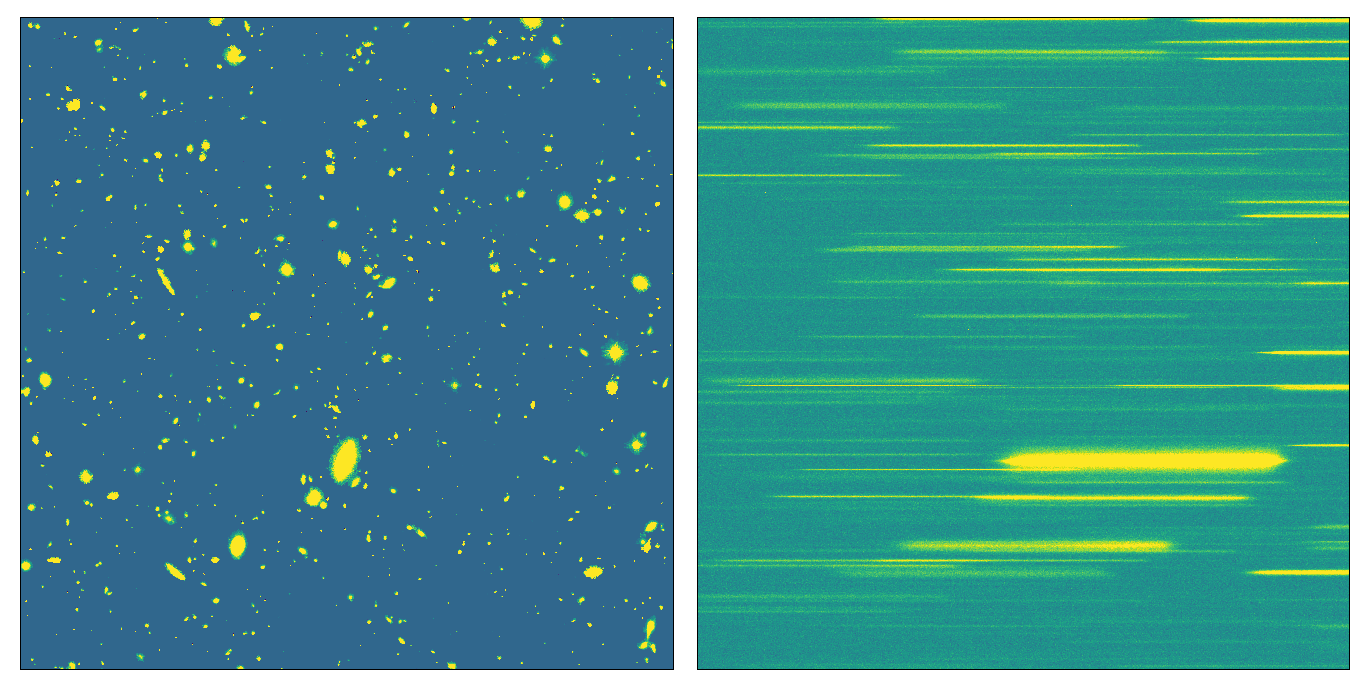
The J0313 field has shown an intriguing lack of galaxies at the exact quasar redshift based on color selection and SED fitting. However, it does show possible fore- and back-ground overdensities with coarse redshift determinations. We will use a NIRCam/WFSS mosaic to simultaneously search for [OIII]-emitters in the field of the quasar (a different population of galaxies from LBGs) as well as confirm the spectroscopic redshifts of the LBGs selected in the previous study. I will use these measurements to study the kinematics of the overdensities, the dark matter halo mass of the quasar, and the galaxy properties in and out of overdensities.
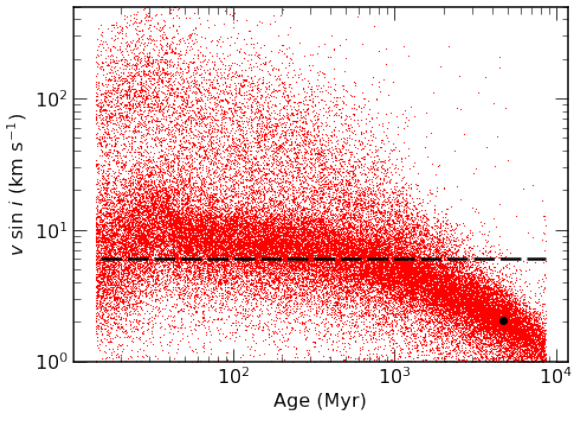
For my undergraduate thesis, I analyzed spectroscopic rotation rates of field stars and low-mass stars in the Alpha Persei open cluster to extract information about stellar ages from spectroscopic measures alone.

maria.publications
Papers & Presentations & Proposals, Oh My!